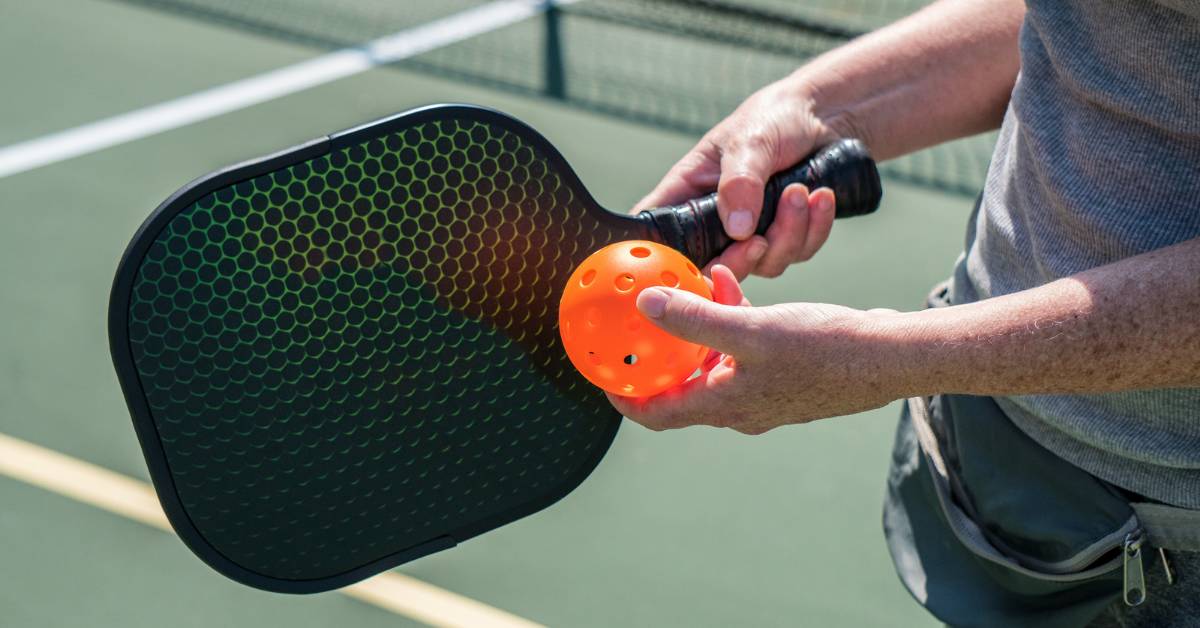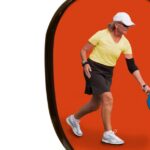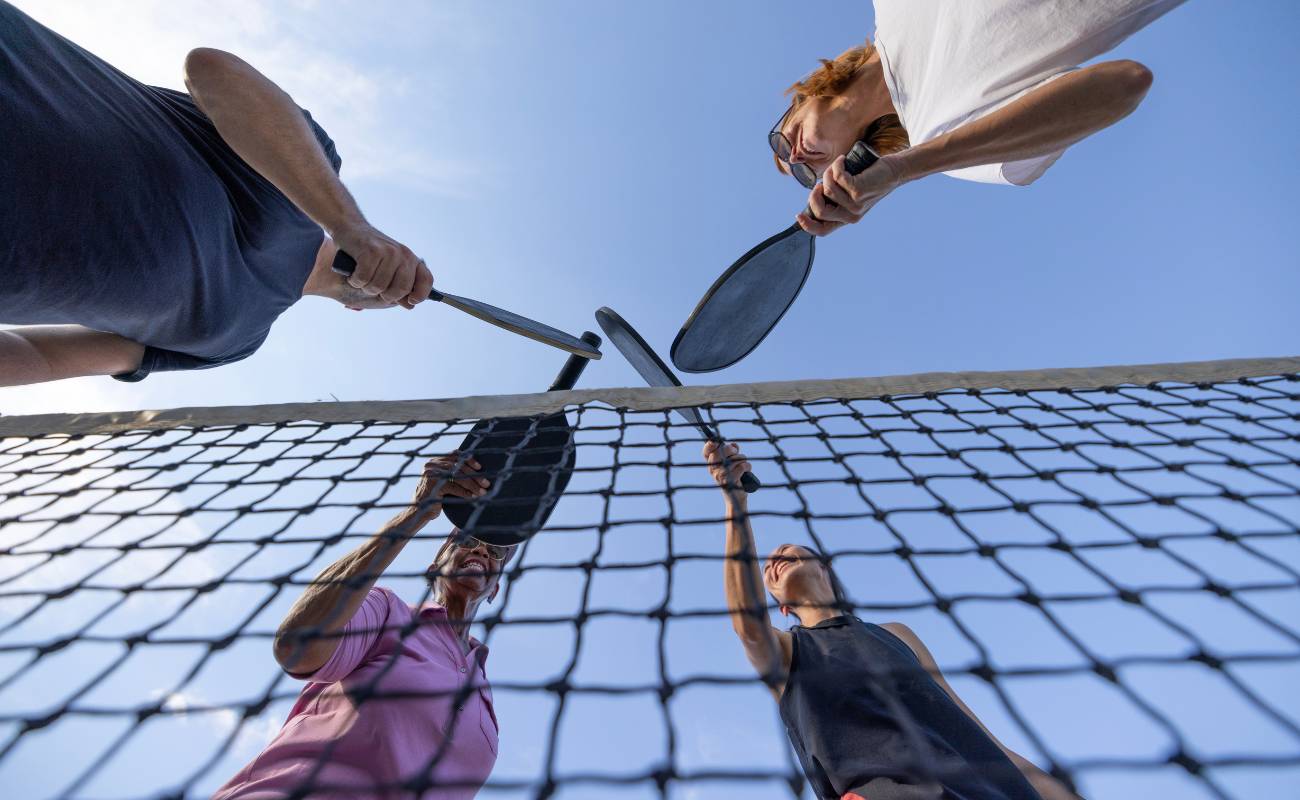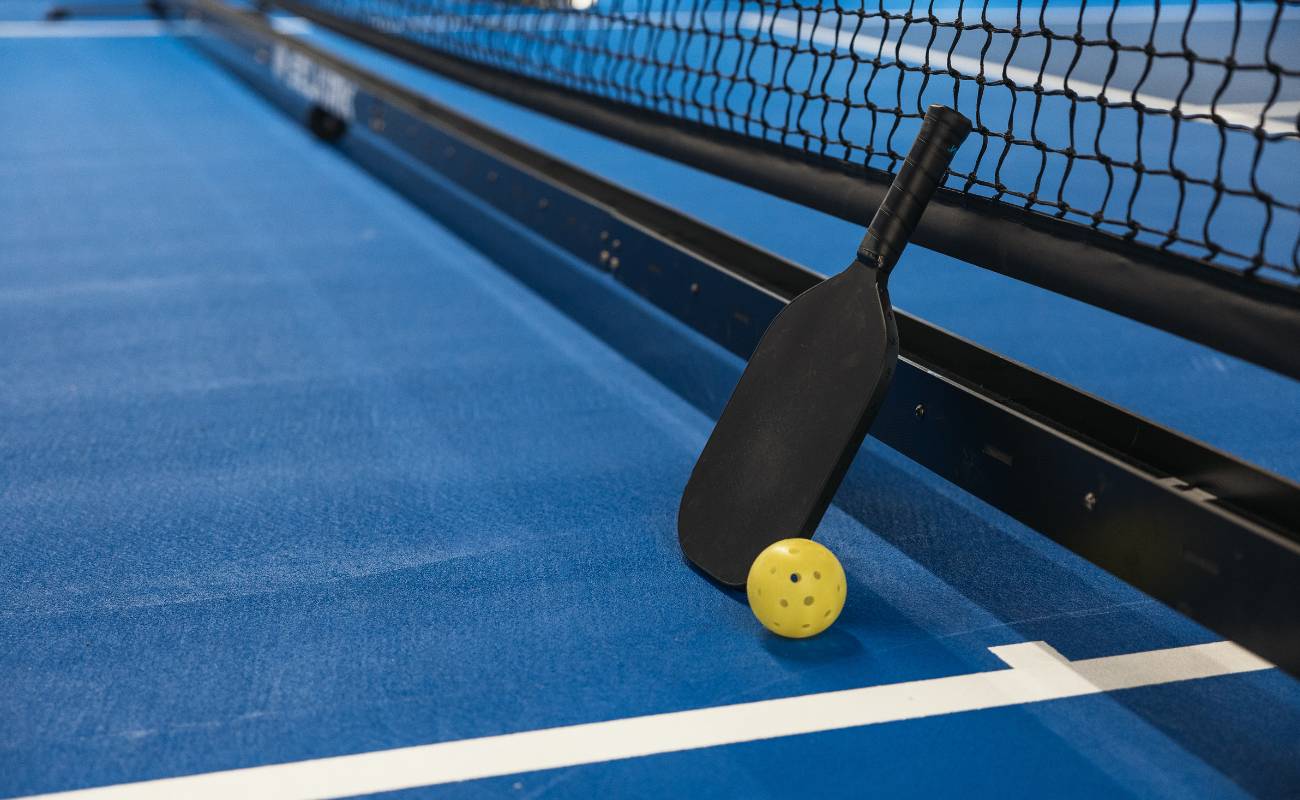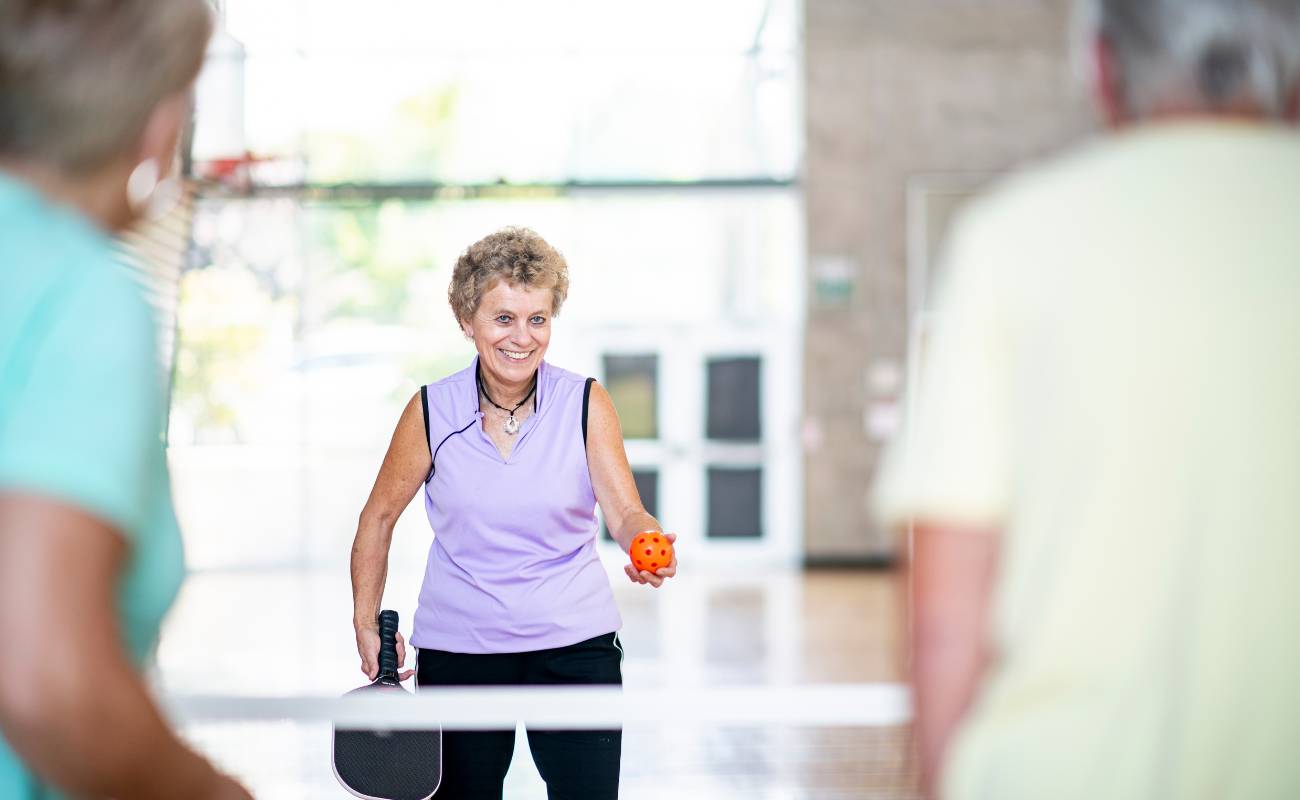Are you new to pickleball and wondering how to hold a pickleball paddle? Or are you an experienced player who wants to make sure you are using the correct grip? Either way, it’s essential to know the correct way to hold a pickleball paddle to improve your game and avoid injuries.
There are different types of grips, but the most common ones are the simple grip and the continental grip.
Different types of pickleball paddle grips
When it comes to holding a pickleball paddle, there are three main grips to choose from: Eastern Grip, Western Grip, and Continental Grip. Each grip has its own advantages and disadvantages, and it’s up to you to choose the one that works best for your playing style.
1. Eastern Grip
The Eastern Grip is the most common grip used in pickleball. To use this grip, hold your paddle with your dominant hand and place your thumb on the back of the paddle handle. Then, wrap your fingers around the handle, making sure your index finger is slightly separated from the rest of your fingers. This grip allows for better control and accuracy when hitting the ball.
2. Western Grip

The Western Grip is less common but can be useful in certain situations. To use this grip, place your thumb on the back of the paddle handle, just like with the Eastern Grip. However, instead of wrapping your fingers around the handle, place your index finger and middle finger on the paddle face with your other fingers wrapped around the handle. This grip is best for hitting spin shots or for players with a stronger backhand.
3. Continental Grip
The Continental Grip is the least common grip used in pickleball but can be useful for players who want to hit powerful serves. To use this grip, place your thumb on the back of the paddle handle, just like with the other grips. Then, slide your hand down the handle until your index finger is on the edge of the paddle face. Wrap your remaining fingers around the handle. This grip allows for more wrist action and power when hitting the ball.
Remember, the grip you choose depends on your playing style and personal preference. Experiment with each grip to find the one that works best for you.
Stance
When it comes to holding a pickleball paddle, your stance is just as important as your grip. The right stance can help you maintain balance, move quickly, and hit the ball with more power and accuracy. Here are the key elements of a good pickleball stance:
Ready Position
Your ready position is the stance you take when you’re waiting for your opponent to hit the ball. To get into the ready position, stand with your feet shoulder-width apart and your knees slightly bent. Hold your paddle in front of you with both hands, with the head of the paddle pointing up and the handle resting on your non-dominant hip. This position allows you to quickly move in any direction and be ready to hit the ball.
Forehand Stance
When you’re preparing to hit a forehand shot, your stance should be slightly different from your ready position. Your feet should be staggered, with your dominant foot slightly behind your non-dominant foot. This allows you to shift your weight forward as you swing your paddle, putting more power behind your shot. Your paddle should be held out in front of you, with the head of the paddle pointing up and the handle resting on your non-dominant hip.
Backhand Stance
The backhand stance is similar to the forehand stance but with a few key differences. Your feet should still be staggered, but this time your dominant foot should be slightly in front of your non-dominant foot. This allows you to shift your weight back as you swing your paddle, putting more power behind your shot. Your paddle should be held out in front of you, with the head of the paddle pointing down and the handle resting on your dominant hip.
In summary, your stance plays a critical role in your pickleball game. By mastering your ready position, forehand stance, and backhand stance, you’ll be able to move quickly, maintain balance, and hit the ball with more power and accuracy.
Popular Post: How Many Points Is Pickleball Played To?
What is Pickleball Finger on Paddle Technique?
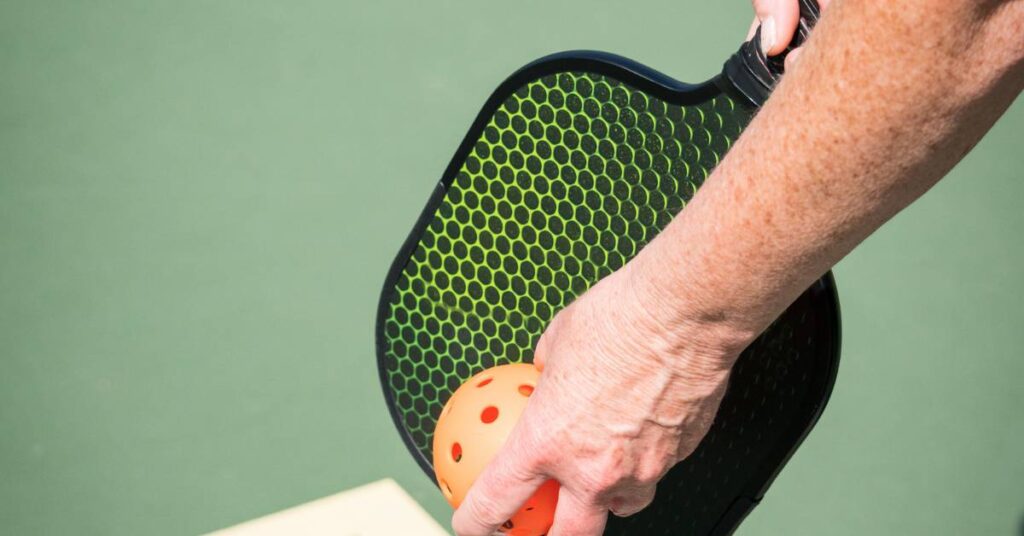
Pickleball Finger on Paddle is a technique in which you place your index finger on the face of the paddle while holding it. This technique is also known as the “hammer grip” since it resembles the way you hold a hammer when hitting nails.
Players do not widely use the Pickleball Finger Paddle technique, but some players find it helpful to use this grip for certain shots. It can provide more control over the paddle and can help players generate more spin on the ball.
However, it is important to note that this technique can also have drawbacks. Since your index finger is not on the handle, it can affect the balance of the paddle and make it harder to maneuver. Additionally, it can cause fatigue in your fingers and hands over time.
If you are considering using Pickleball Finger on Paddle, it is important to experiment with different grips and find the one that works best for you. Getting used to this technique may take some time, so be patient and practice regularly.
Here are some of the symptoms that you may experience if you have a pickleball finger on a paddle:
- Pain in the finger or hand
- Swelling and stiffness in the affected area
- Difficulty gripping or holding objects
- A popping or snapping sensation in the finger
- Bruising or discoloration around the finger or hand
- Numbness or tingling sensation in the finger or hand
If you experience any of these symptoms, it’s essential to seek medical attention immediately. Delaying treatment may lead to long-term damage and chronic pain.
The severity of the pickleball finger on the paddle can range from mild to severe. In mild cases, the injury may heal on its own with rest, ice, and compression. However, in severe cases, surgery may be required to repair the damage.
Trending Article: Make Your Own Pickleball Machine At Home!
It’s crucial to take preventive measures to avoid pickleball fingers on the paddle. Proper stretching, warm-up exercises, and using the correct grip size can help reduce the risk of injury. Additionally, using protective gear like gloves can also help prevent pickleball fingers on the paddle.
In conclusion, a pickleball finger on a paddle can be a painful and debilitating injury. It’s essential to recognize the symptoms and seek medical attention immediately. Taking preventive measures can help reduce the risk of injury and ensure that you can continue to enjoy playing pickleball without any complications.
